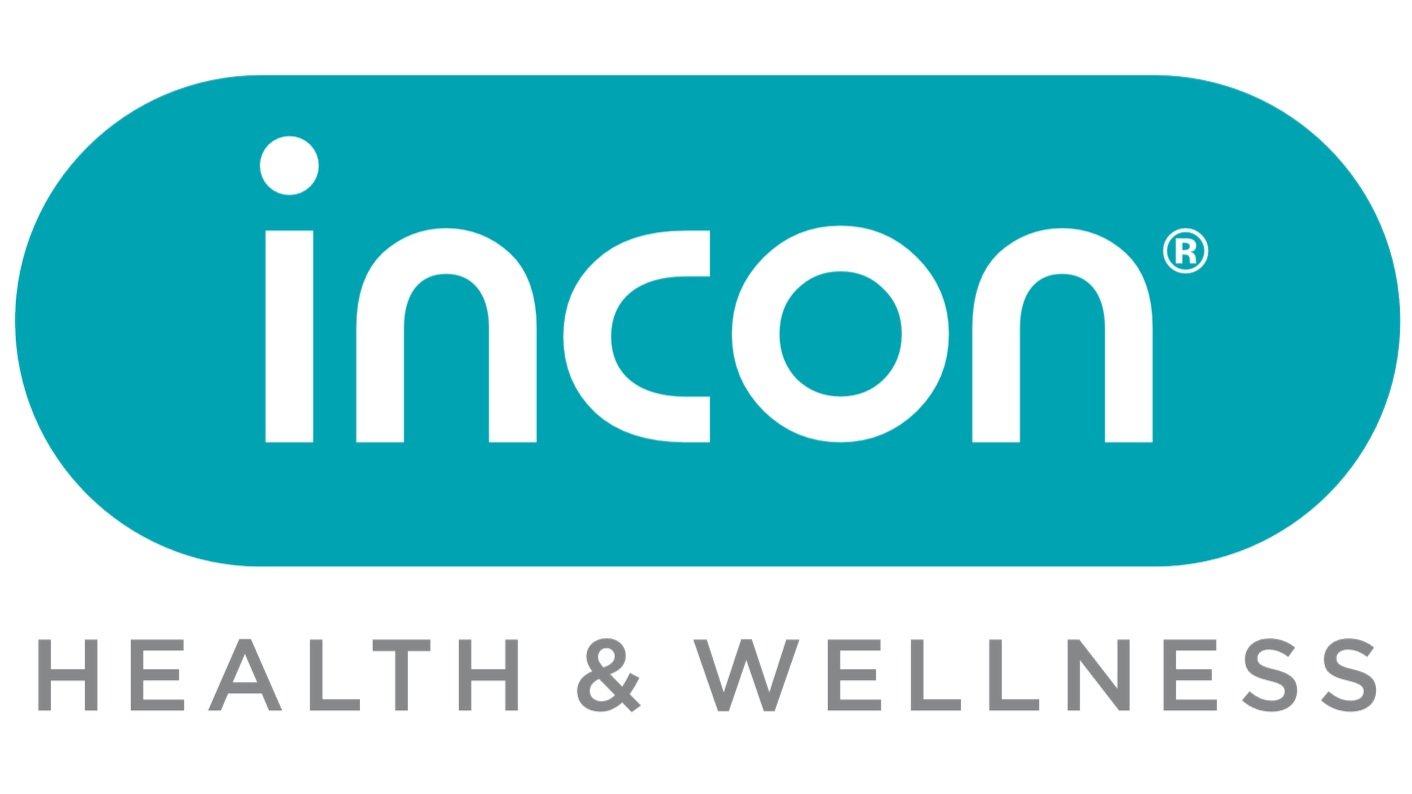Medical Surveillance
Medical surveillance programmes are essential for protecting employee health and safety in the workplace. By monitoring employee health over time, these programmes can detect early signs of work-related illnesses and identify potential hazards, allowing businesses to take proactive measures to prevent further harm.
Medical surveillance programs offer several key benefits, including:
Early detection of work-related illnesses: By conducting regular medical examinations, organisations can detect work-related illnesses at an early stage, allowing for prompt treatment and prevention of further harm.
Identification of workplace hazards: Medical surveillance programmes can identify potential workplace hazards, allowing businesses to implement preventive measures to minimise employee exposure to these hazards.
Compliance with occupational health and safety regulations: Conducting medical surveillance helps businesses comply with occupational health and safety regulations, minimising legal liabilities and associated costs.
Enhanced employee health and well-being: Medical surveillance programs promote employee health and well-being, reducing absenteeism and enhancing job satisfaction.
Medical surveillance services include:
Physical health assessments: Evaluating employee health according to job specifications and safety regulations, issuing fitness certificates upon completion.
Vision and audio testing: Assessing employees' vision and hearing abilities to detect early signs of deterioration due to workplace hazards.
Lung function testing: Assessing lung function to detect exposure to airborne pollutants, such as dust, fumes, vapours, smoke, and gases.
Biological monitoring: Collecting and analysing body fluid samples to detect exposure to specific chemicals or biological agents.
X-rays: Conducting X-rays for employees exposed to hazardous substances, such as silica and asbestos.
Medical surveillance programmes are crucial for maintaining a safe and healthy work environment, promoting employee health and well-being. By identifying work-related illnesses and potential hazards, organisations can take proactive measures to protect their employees and comply with occupational health and safety regulations.

